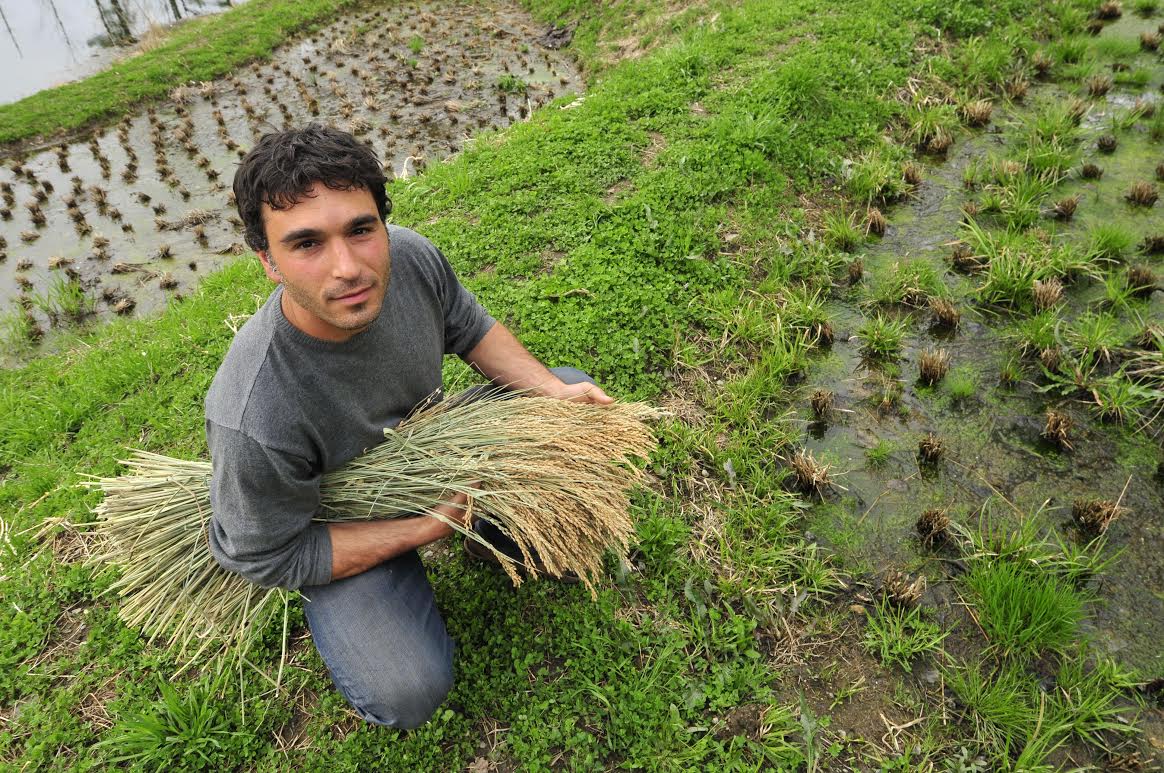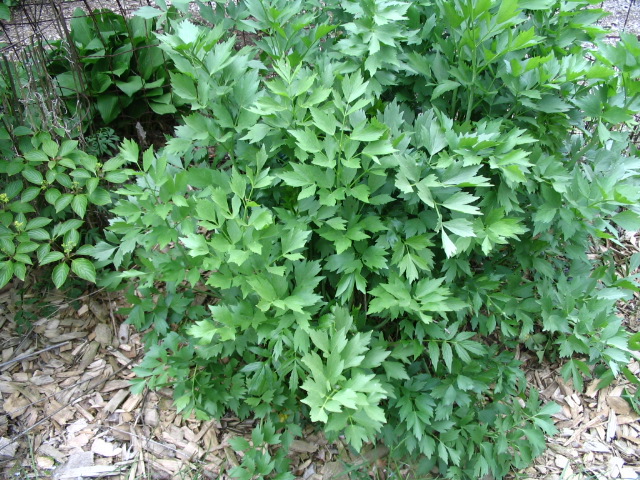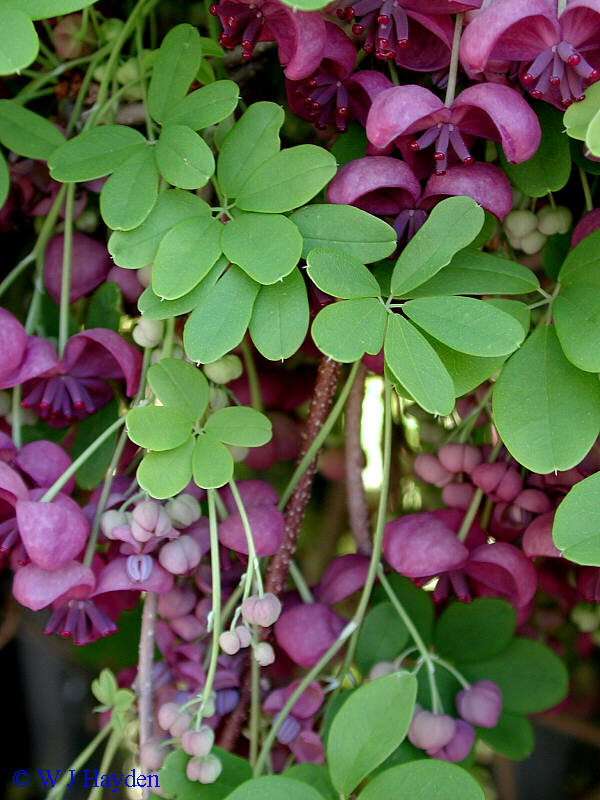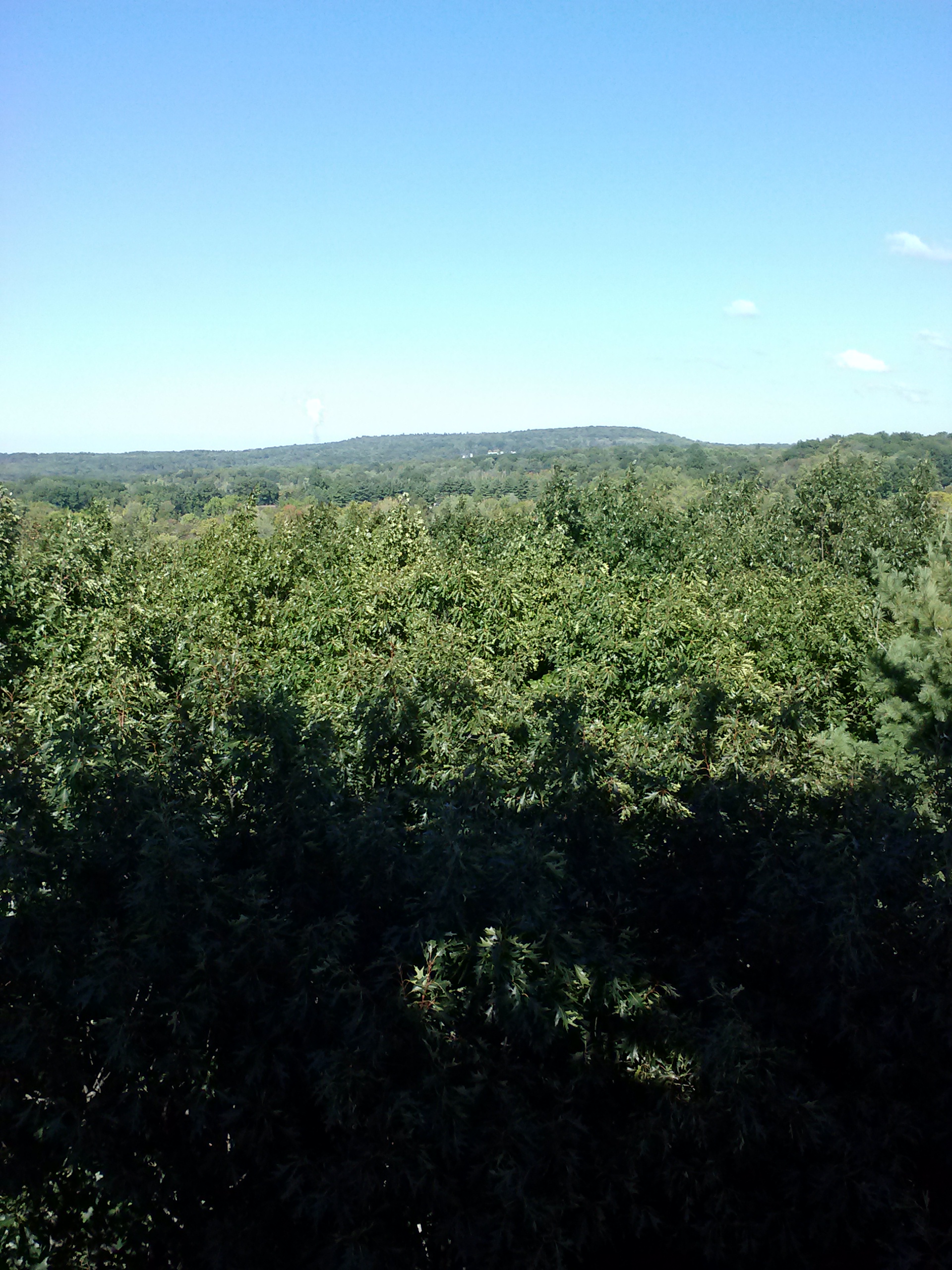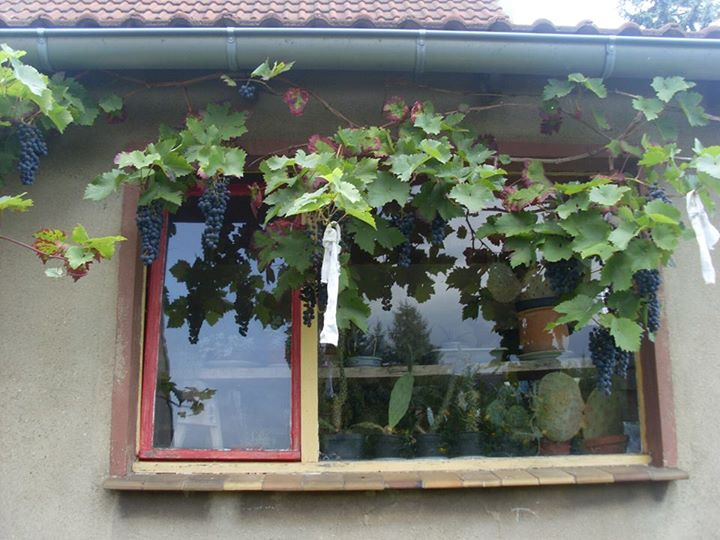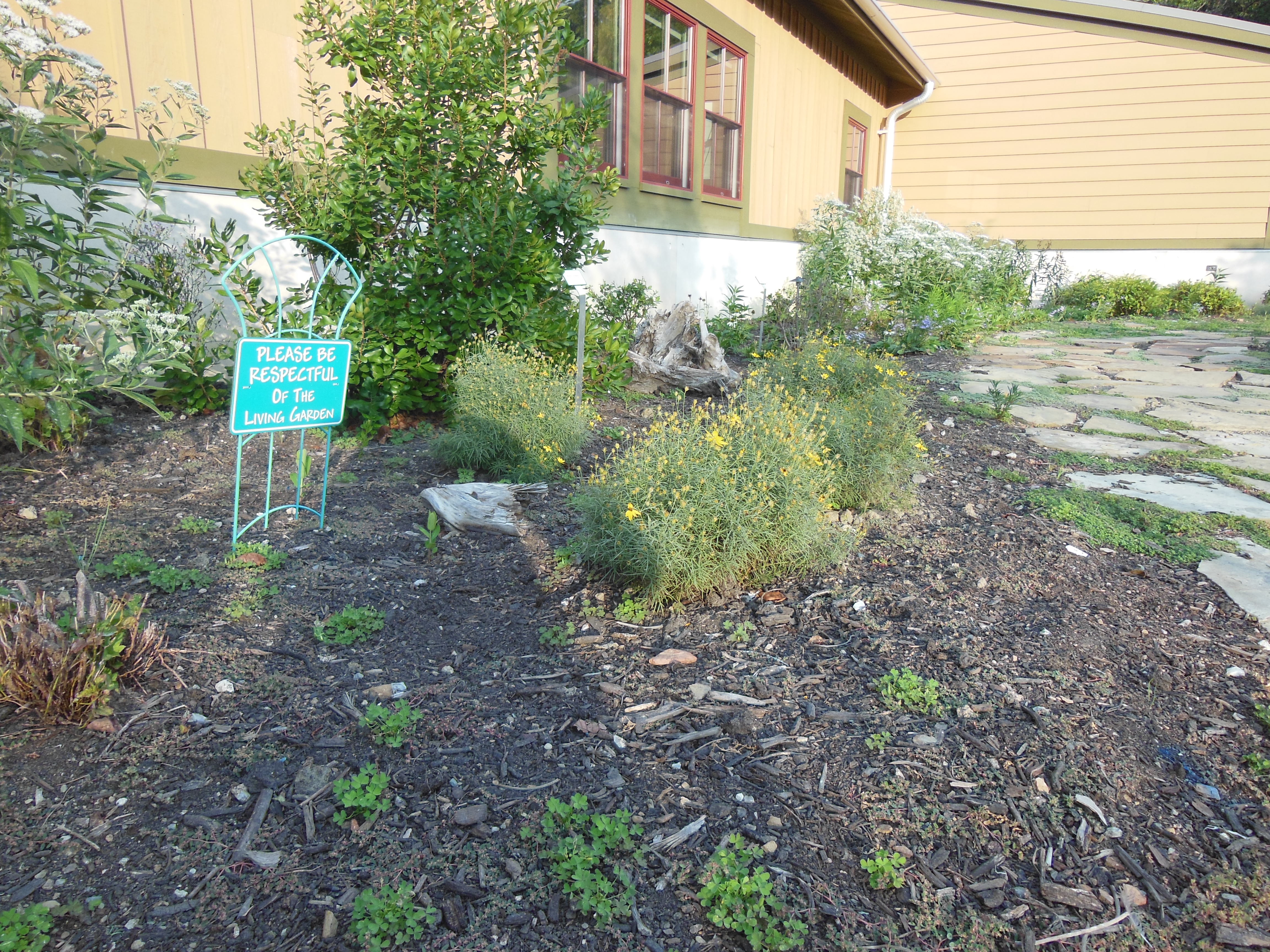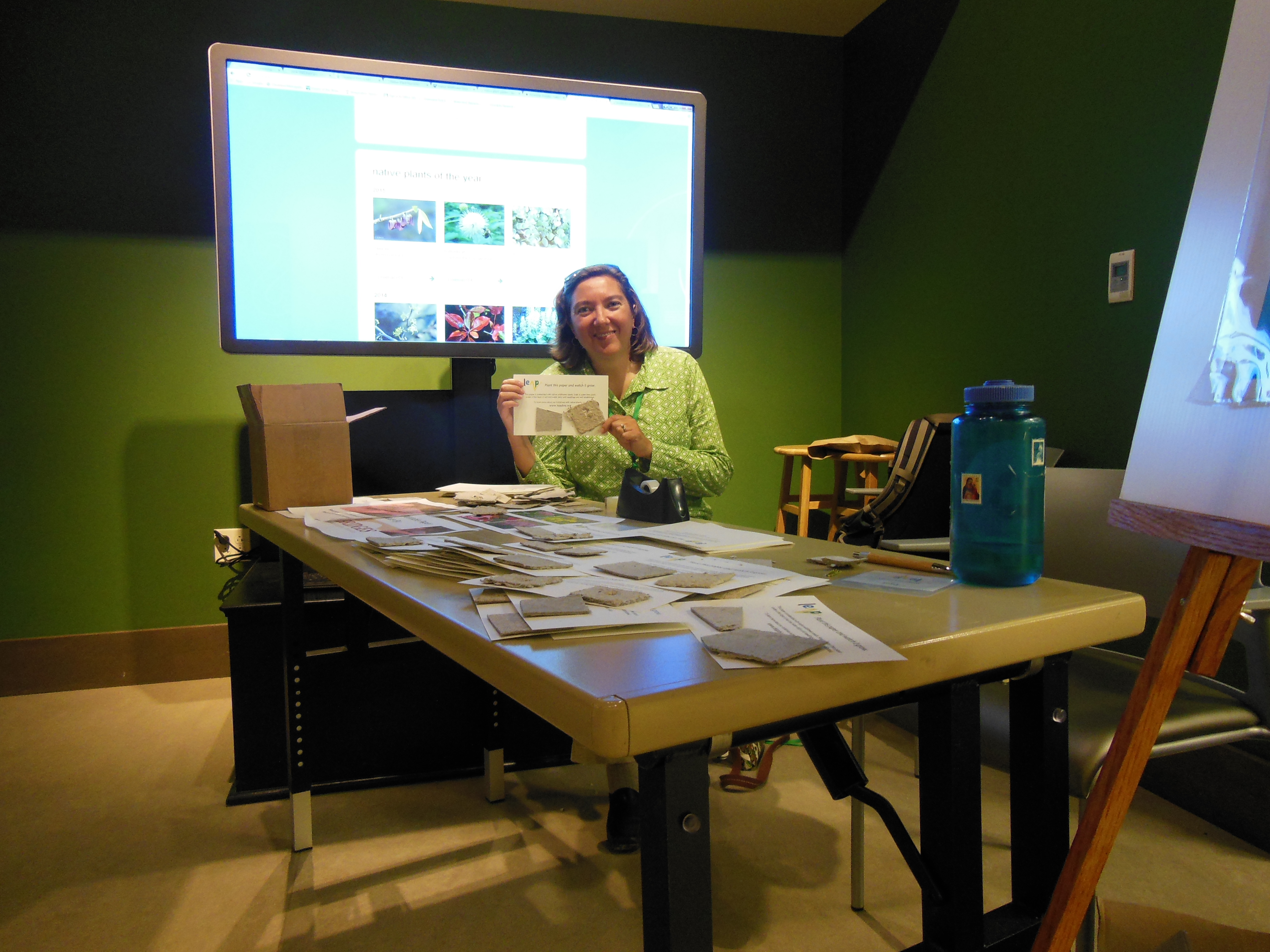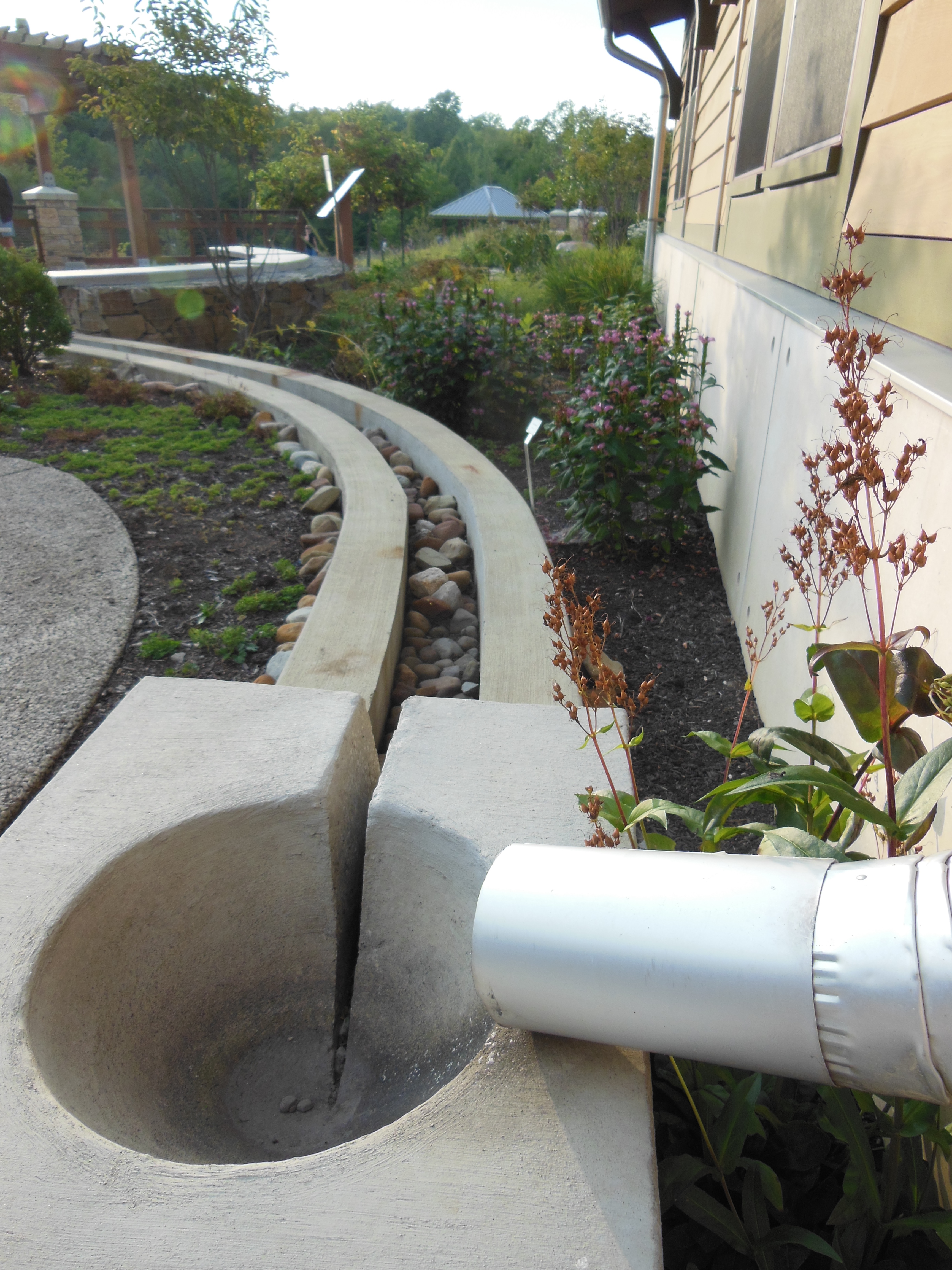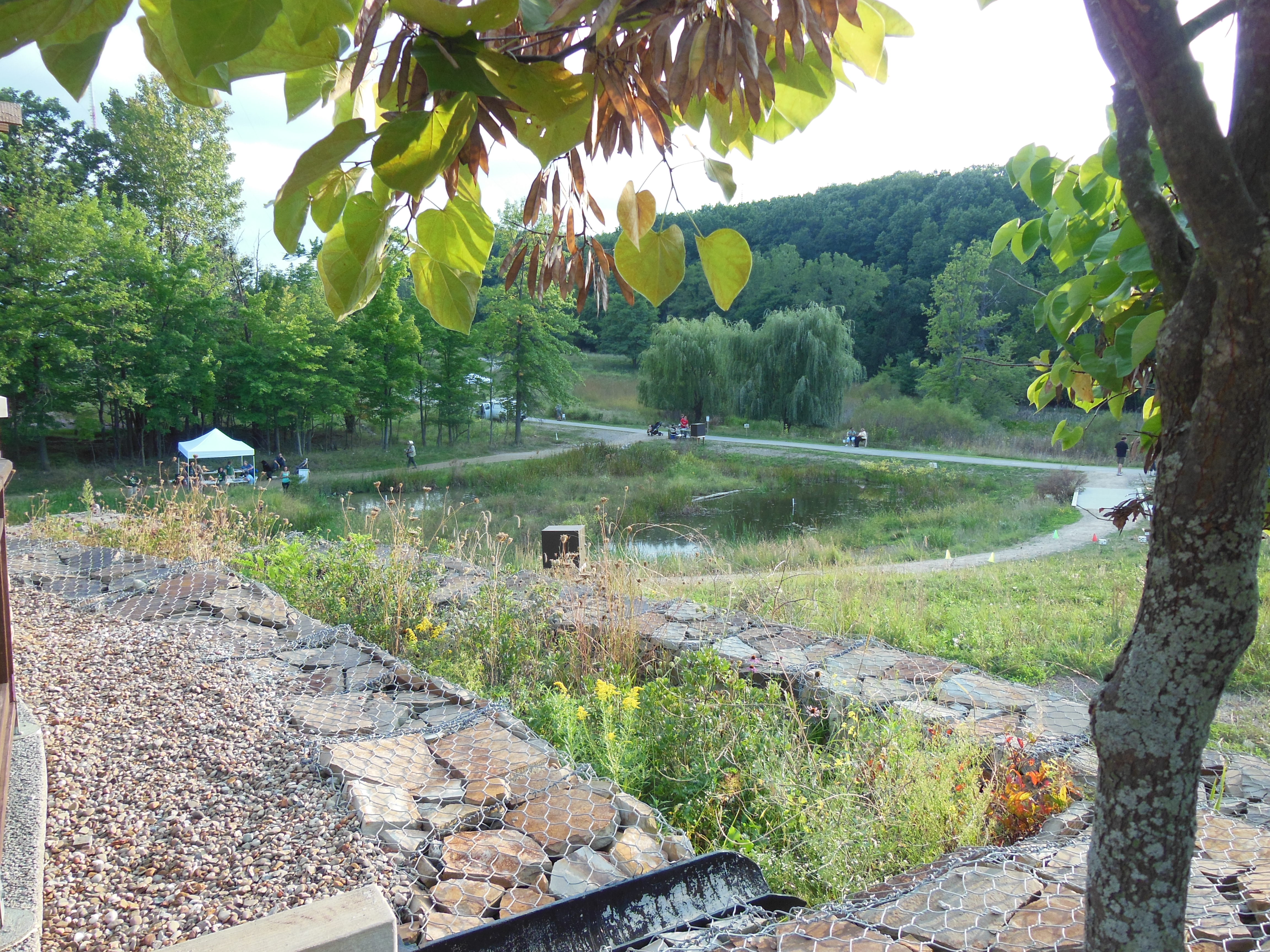by Elsa Johnson
Actea/Cimicifuga is a group of plants of long standing taxonomic uncertainty recently clarified but still confusing because they all look much alike. For the home gardener what differentiates one from another is when they bloom and what they smell like.
Actea racemosa, a plant native to eastern North America (common name Black Cohosh) grows in lightly shaded high-canopy, moist-but-well-drained open woodlands (or did when I was a child and found it growing in natural conditions on walks in the woods). It enjoys much the same conditions as our native pawpaw tree (both pollinated by blowflies and beetles) and native calycanthus (pollinated by beetles). Actea racemosa flowers have a distinctive, fetid, and carrying smell… qualifying their appreciation to at-a-distance. It blooms early summer to mid-summer, the buds opening one at a time, giving it a long bloom time. Where woodland restoration of native habitat is the goal, no other actea should be considered appropriate where this has formerly grown.
Our co- editor Tom Gibson has Actea racemose growing in his native plant garden and says that when it is blooming he finds bees pollinating it, and that he does not notice an unpleasant smell… I did however make a point of sniffing it last summer and was awed by how awful it was. This may be a situation where some people are ‘smellers’ and others not. Our native tree Ptelea is another such; to some it smells foul, to others fair.
(See Actea racemosa below)
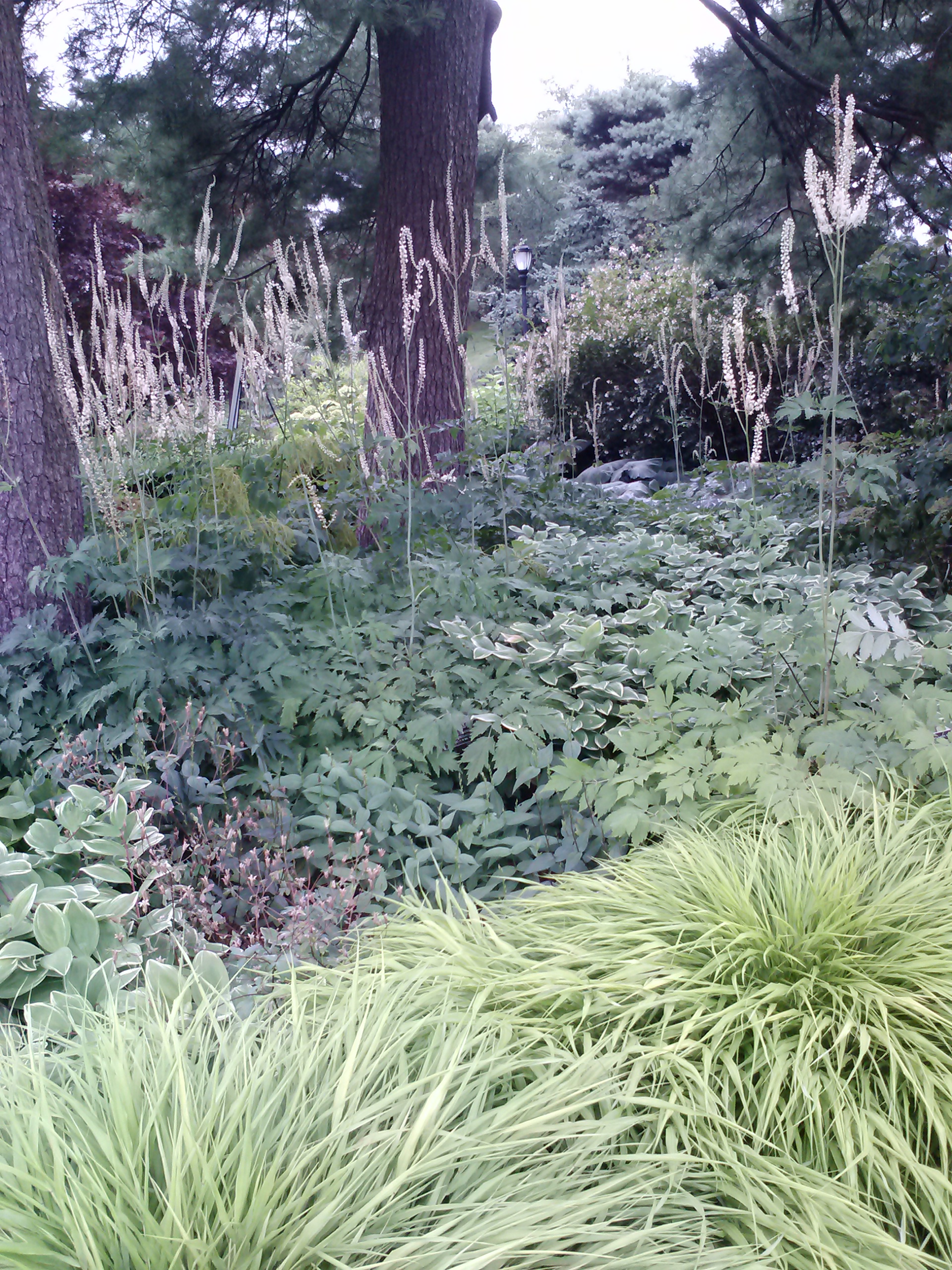
Actea simplex (synonymous with Actea ramosa or Cimicifuga ramosa – you can see how things got confusing) hails from northern Eurasia and Japan. It is also has strong smelling blooms, but this time of honey, making it a happier companion in the residential garden. It is also valuable for its virtue of blooming late summer into late fall, when it provides nectar and pollen for late foraging European honeybees (out and about anytime the temperature is 55 degrees or warmer) as well as for many of our native bees foraging at lower temperatures. Last year my Actea simplex atropurpurea began blooming the end of October and was just getting into full bloom when the first early snows came, taking it out. The day before it was hosting a bumble bee. This year the first buds popped open this last week. I’m hoping I’ll get to enjoy them.
(See Actea simplex below)
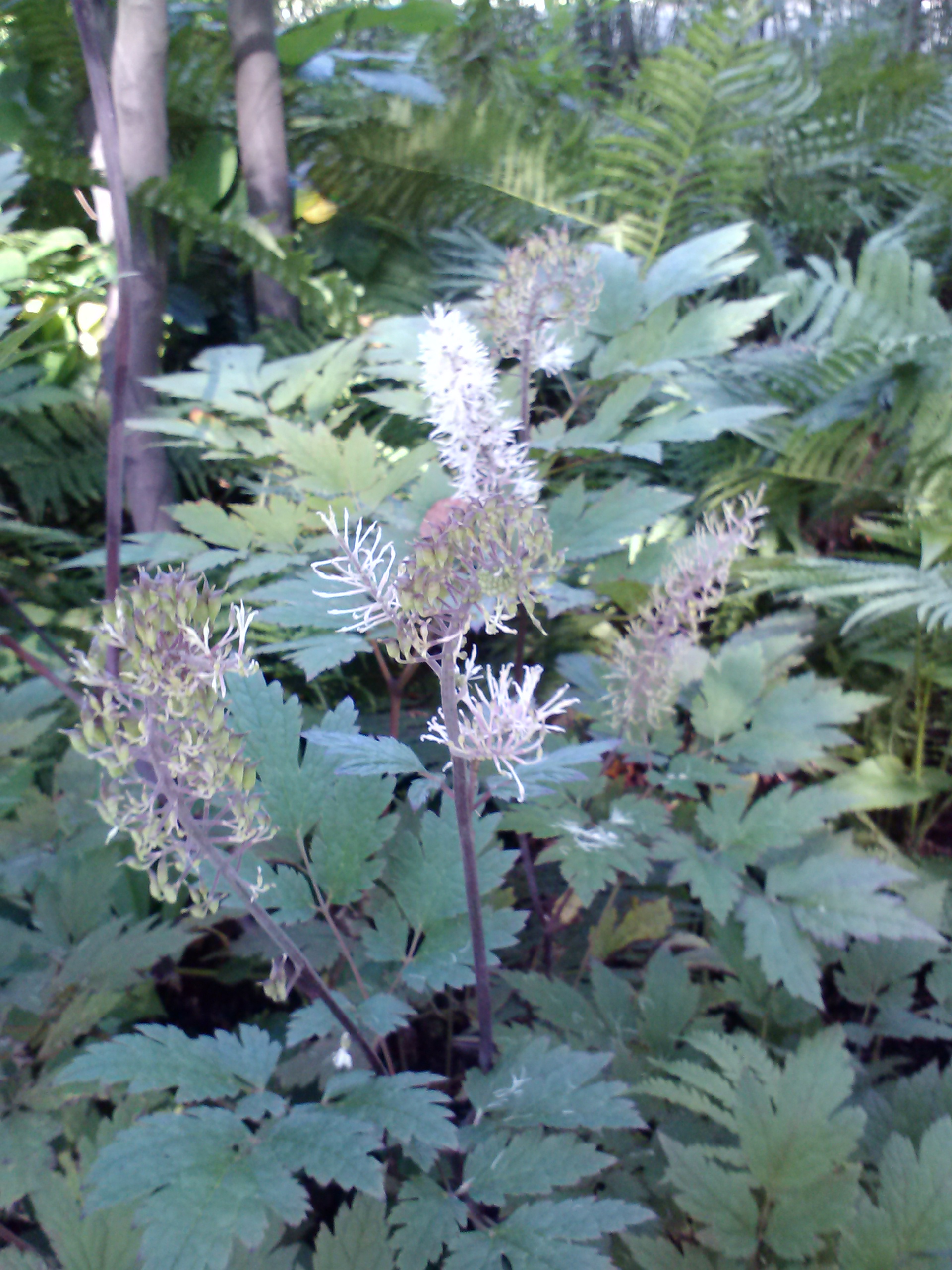
In Catherine’s garden an established bed of Actea simplex atropururea ‘Brunette’ started blooming in September and is now mostly finished, but a more recently planted patch is blooming now, waving their tall fairy candles above a lower growing bed of Aspertina altissima ‘Chocolate’ (formerly Eupatorium rugosum – another group of plants that recently underwent taxonomic correction) (more on this plant another time). This combination of Actea and Aspertina is quite beautiful, and will be more so in a couple more years.
Acteas, both native and non-native, are unattractive to most animal pests – deer, rabbits, groundhogs leave them alone – and most insect pests and diseases also. Once established they are durable and tolerant plants. Adequate moisture is essential, especially in the first three to four years. My happiest Actea simplex grows at the outer fringes of a rain garden, sending up bottle-brush flowers that tread air at well above six feet.
I will miss the name cimicifuga, though – the way it rolled around in the mouth while saying it.
